
From Royal Enfield to KTMs and Aprilias, the Indian two-wheeler industry has come a long way in a short period of time.
Seventy-nine years of independence may not look like a short period. However, it is short when compared to what India has achieved in several sectors, particularly in contrast to how other Asian countries are performing at the moment since gaining independence. In this 'India on Wheels' article, our focus is on some motorcycles and scooters that helped India become the largest two-wheeler industry in the world.
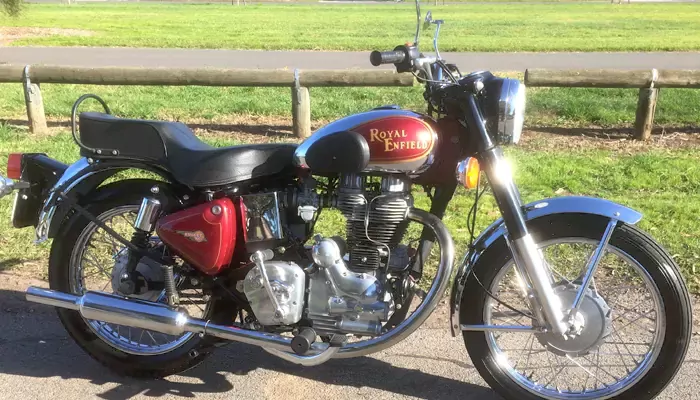
The first step toward two-wheeler mobility in India was the introduction of the Royal Enfield. A British motorcycle maker, Madras Motors, secured the exclusive license to manufacture motorcycles in India. However, in 1991, when the company was on the verge of collapse due to poor sales, the Eicher Group purchased the British brand and transformed it into one of India's largest motorcycle producers.
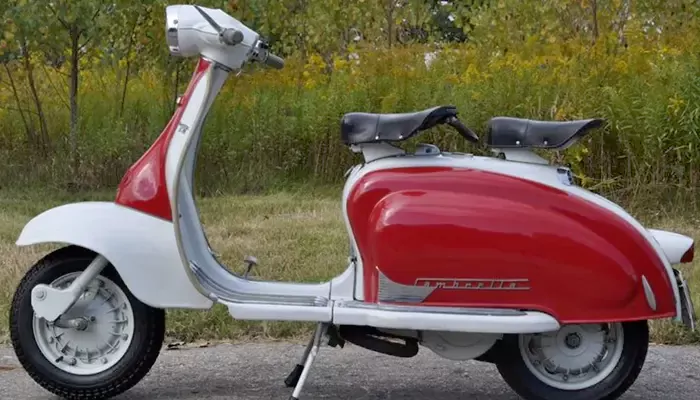
Before the Chetaks and Vespas took over the Indian streets, it was the Lambrettas from Italy in the 1950s that started economic mobility in India. A company named API grabbed the license to assemble the Lambrettas in India. The scooters ruled the street till 1980.
In 1980, the Lambretta was phased out because it looked like 'Dad scooters' and was too bulky to please the youth. That's when Bajaj and LML, with their joint venture with Vespa, entered the Indian scooter scenario. The Chetak from the house of Bajaj quickly became a part of the majority of the Indian tier-I and tier-II households, whereas the Vespas were a prized possession of the upper class.
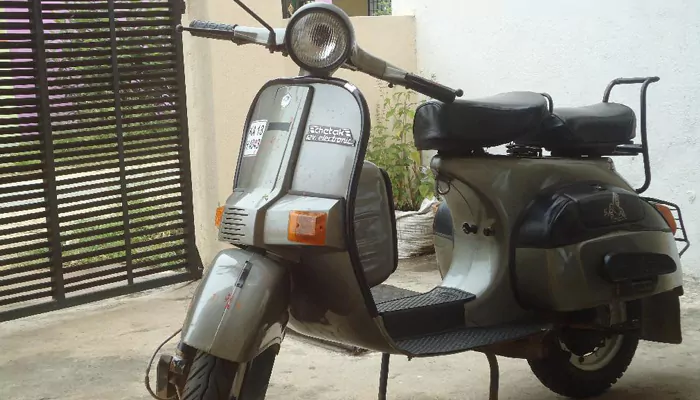
In the 1990s, the Sunny from Bajaj also scripted good sales figures because, being a 50cc scooter, it became an excellent option for college-goers and women riders.
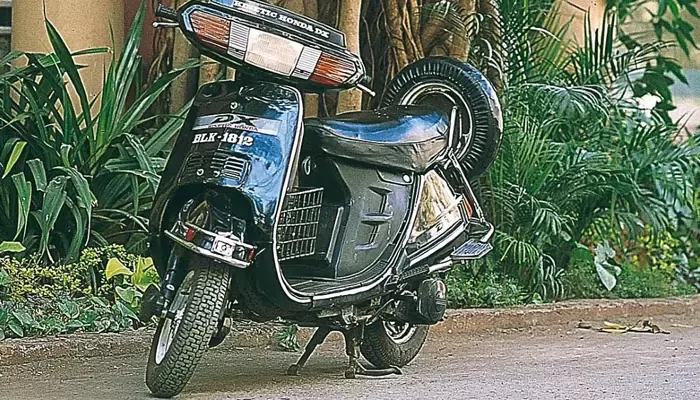
Between the Chetak, Vespa, and Sunny, there was the Kinetic Honda as well. A 98cc two-stroke gearless scooter with a CVT gearbox, marking an important milestone in the Indian two-wheeler industry. In short, the Kinetic Honda was the OG Activa before the Activas became a thing of reality.
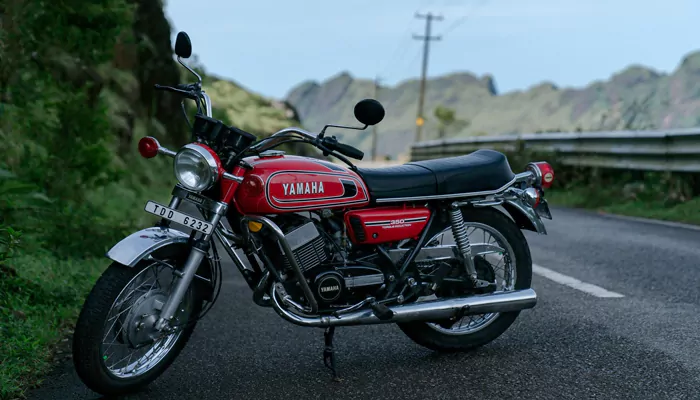
Yamaha, in association with Escorts Group, launched the Rajdoot/RD 350, which was India's first entry into the world of sports motorcycles. The motorcycle's power was beyond the majority of Indian riders' control, and therefore, only a few dared to ride it. Unfortunately, given that it was a heavy drinker, the sales figures of the motorcycle remained flat on the Y-axis rather than climbing the X-axis.
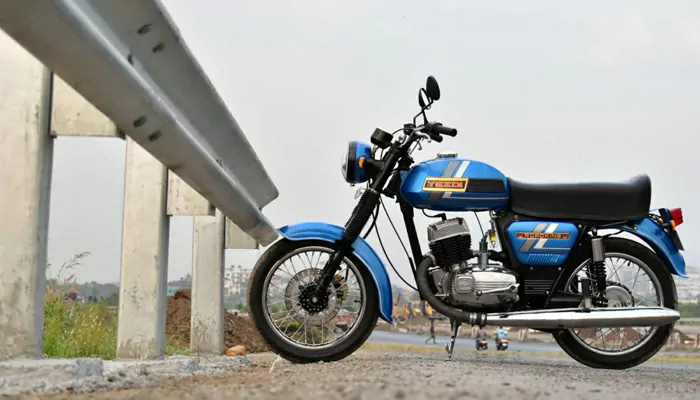
Not only was India's scooter industry making a steady progression, but India's motorcycle industry was putting itself in sixth gear. In 1978, the Yezdi Roadking entered the Indian market with a powerful 246cc engine and a classic look, featuring dual exhaust, which gave it tough competition to the Enfield.
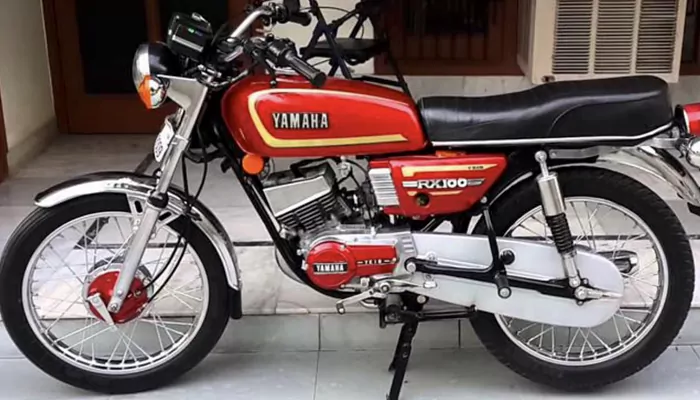
India will forever remain indebted to Japan, given it was Japan that gave India a taste of modern-day two-wheelers with several models, including the legendary Yamaha RX 100. A 100cc motorcycle that was super quick on the throttle, the bike was like a sharp scalpel in the hands of the youth. From movie heroes to the guy next door, anybody riding an RX 100 was sure to have more than one girlfriend.
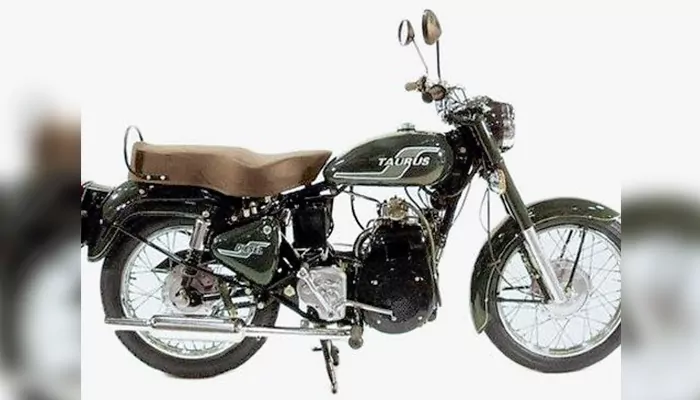
Under the new regime of the Eicher Group, Royal Enfield produced the Taurus in 1993, India's first mass motorcycle with a diesel engine. It was a phenomenon that proved that Indian engineering is capable of pulling a rabbit out of the hat. However, due to stricter emissions norms, that motorcycle had to be put down quickly.

1994 was the year when India truly shifted to geared motorcycles from scooters. The Splendor was and even today remains one of the most affordable motorcycles in the Indian market. Low maintenance, high mileage, and a reliable engine meant Indians could finally rely on a motorcycle for daily commuting, thus ending their reliance on public transport for last-mile connectivity.

The TVS Scooty Pep was introduced to replace the Bajaj Sunny. Not to forget, the cute-looking scooter was specifically designed with women riders in mind. The Scooty Pep truly gave women the freedom to go anywhere they wanted, owning their own vehicle. After all, why should boys have all the fun?
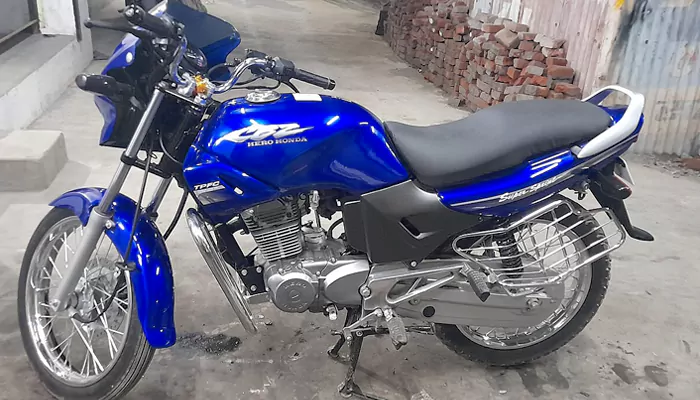
If the RD350 was the gateway to the sports motorcycle segment, the Hero Honda CBZ was the ladder that helped the segment rise. In the four-stroke era, the CBZ was the entry-level sports bike with a semi-fairing that appealed to the nation's youth.
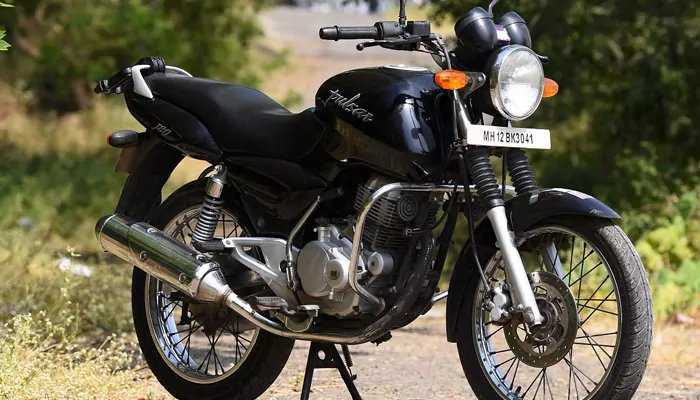
Taking inspiration from the CBZ, Bajaj launched the legendary Pulsar in 2001, calling it India's fastest Indian. The Pulsar became one of the most legendary motorcycle lineups, featuring several models in various CC classes and categories. The Pulsar is so iconic that it has a massive fan following in Latin America, putting a stamp on the Indian automobile industry on the global stage.
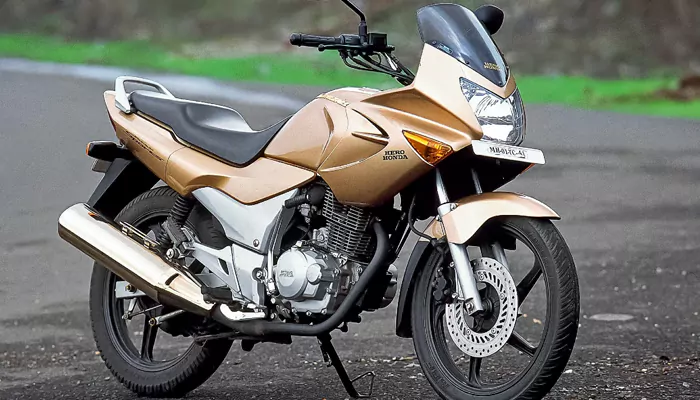
Taking the game a notch higher, Hero Honda launched the Karizma in 2003. This was the first 200cc sports motorcycle of the country in the modern era that was comfortable enough to cruise for miles. In short, the Karizma was India's first tourer when the term "tourer" was not yet widely understood.
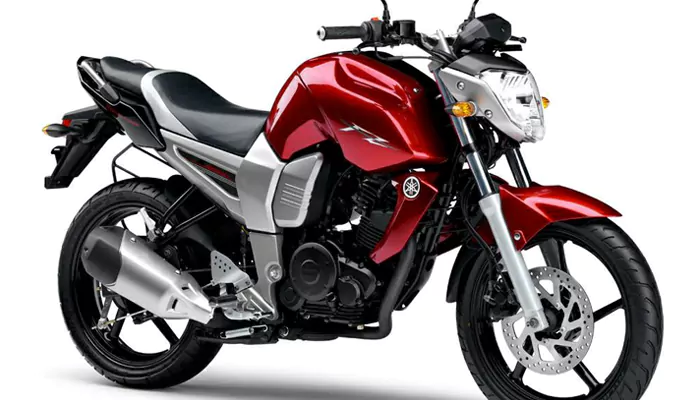
The Yamaha FZ16 was India's official entry into the world of beefy and hunky naked streetfighter sports motorcycle segment. Modern-looking motorcycle with a bit of sport seating ergonomics, but comfortable enough for daily commuting. This segment was further enhanced by the KTM Duke in 2013.
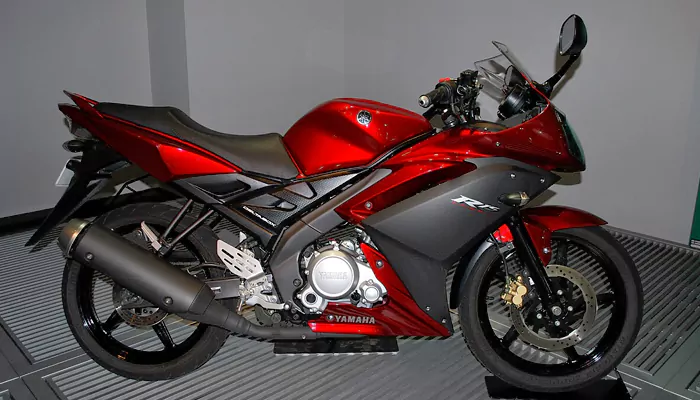
The R15 was India's first proper sports bike, featuring a sporty fairing, clip-on handlebars, rear-set footpegs, and more. Today, if India offers motorcycles like the Apache 310RR or KTM RCs, it is mainly due to the movement started by the R15.
All the above-mentioned motorcycles have laid the foundation on which the Indian motorcycle industry, the world's largest, stands proudly today, 79 years after independence.